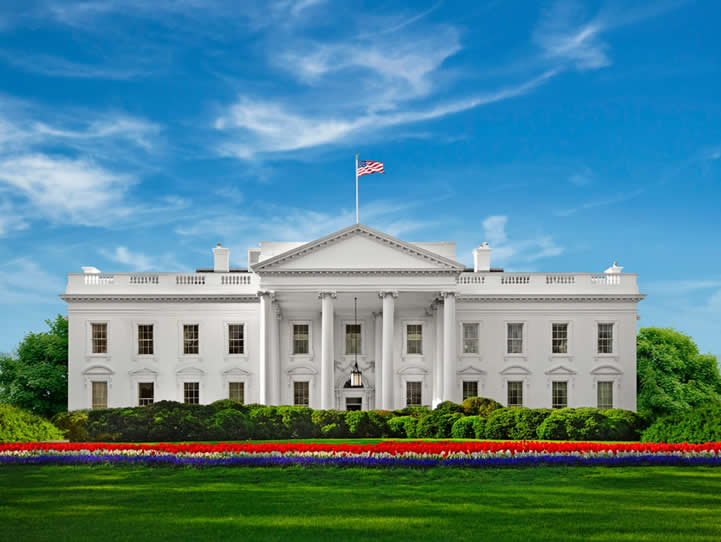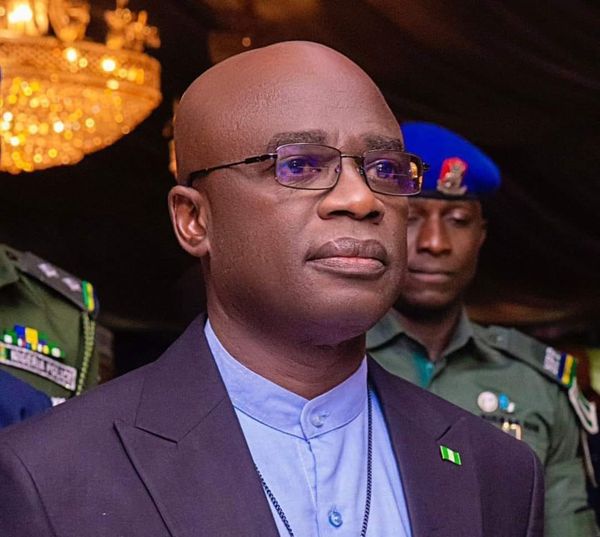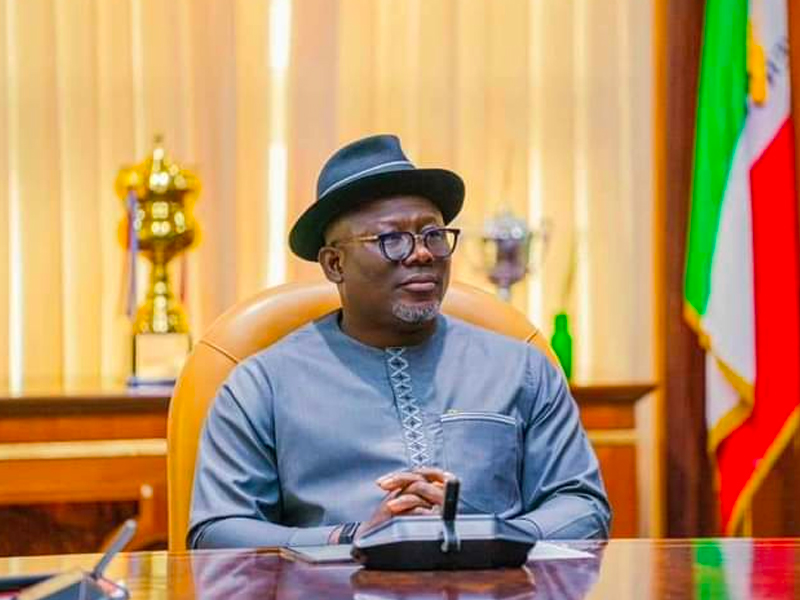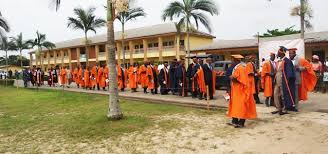Politics
The history of the White House

With the Presidential odds pointing in Joe Biden’s favour, it seems possible that Donald Trump might end up having to pack his bags and move out of Washington’s White House. Over the years, the White House has been a home to almost every US President who has served a term for their country, although it’s certainly received many facelifts since it was first built.
George Washington was the country’s first ever president, and ahead of his second term in the role, in 1791, he selected the site where the White House would be built. The cornerstone for the structure was laid by 1792, and soon after, a design submitted by Irish-born architect James Hoban was agreed upon. Washington never actually got the chance to live in the finished residence, as it wasn’t completed until after his death. The first president to occupy the White House was John Adams, alongside his wife Abigail, in 1800, after a lengthy eight years of construction.
Thomas Jefferson and James Madison served as presidents respectively, however a few years after Madison was elected, the War of 1812 began, and the British set fire to the White House in 1814. Once these fires were put out, James Hoban was brought back in to rebuild the structure, ready for President James Monroe to move in by 1817. During Monroe’s administration, the house was further expanded – with the South Portico being constructed in 1824. Five years on, and President Andrew Jackson also oversaw an addition to the White House, the North Portico, which was built in 1829. During the latter half of the 19th century, there were even more proposals to significantly expand the President’s residence, as well as one that suggested building an entirely new house for future presidents to live in, but these plans never came to fruition.
By 1902, Theodore Roosevelt had been elected and subsequently began a major renovation of the White House. He went on to have the presidential offices relocated over to a newly constructed Executive Office Building, which is now known as the West Wing. Dubbed as the “Roosevelt renovation”, these plans were carried out by a famous New York architectural firm called McKim, Mead and White. President William Howard Taft was Roosevelt’s successor, as well as the man who had the globally recognised Oval Office originally constructed.
Almost 50 years on from Roosevelt’s overhaul renovation, the White House began to look a little worse-for-wear, showing signs of structural weakness. President Harry S. Truman was in office at the time, and decided to order yet another major renovation, in which the entire inside of the building was dismantled and reconstructed. Finally, by 1952, the work was complete and the Truman family could move back into the White House.
Since John Adams came into office, every US President that’s followed has lived in the White House, and made their own adjustments along the way. The White House holds the purpose of not only the home of the current president and his family, but also a museum of American history.
Quick facts:
- The White House needs 570 gallons of paint to cover the entirety of its outside surface.
- The White House has previously been known as the “President’s Palace”, the “President’s House” and the “Executive Mansion”.
- President Roosevelt is the one who originally gave the White House its name, in 1901.
Politics
Gov Alia Appoints TuFace As Adviser

Benue State Governor, Hyacinth Alia, has appointed Nigerian music legend, Innocent Idibia, popularly known as TuFace, as his Technical Adviser on Entertainment and Community Outreach.
In a viral video on Wednesday, Governor Alia praised TuFace for all the support towards his administration.
The Governor stated that TuFace can do more.
He stated, “On behalf of the Benue State Government and our very good people, we want to give you some more responsibility plus the ones you have been doing because you have the capacity to do some more and help us chart a way forward to improve other people’s lives and to gain more from your wisdom and advice as well.
“So, I’m pleased to announce that we will make you a Technical Adviser to the Governor on Entertainment and Community Outreach.”
Politics
Oborevwori, Okowa Dump PDP For APC

Governor of Delta State, Rt Hon Sheriff Oborevwori, has officially defected from the Peoples Democratic Party (PDP) to the ruling All Progressives Congress (APC).
The announcement was made following a closed-door meeting at the Government House in Asaba on Wednesday.
The Governor’s Chief Press Secretary, Sir Festus Ahon, confirmed the development in a telephone conversation with The Tide’s source.
Similarly, the defection of former Governor Ifeanyi Okowa was announced on Wednesday in Asaba by Senator James Manager, following a meeting that lasted over six hours at the Government House.
Senator Manager said all PDP members in the State, including the Governor, former Governor Okowa, the Speaker, the state party chairman, and all local government chairmen, had agreed to join the APC.
“We cannot continue to be in a sinking boat,” he said.
The decision to defect to the All Progressives Congress (APC) followed extensive consultations with political stakeholders and was made in the interest of Delta State’s long-term development.
Governor Oborevwori, who won the 2023 gubernatorial election on the platform of the Peoples Democratic Party (PDP), was received by senior APC officials in what political analysts are already describing as a strategic realignment with far-reaching implications ahead of the 2027 general elections.
Politics
Speakers Conference Tasks FG, Governors On Wanton Killings
The Conference of Speakers of State Legislatures of Nigeria has condemned the recent wave of killings in Plateau, Borno, Benue, Niger State and most recently, Kwara State, calling on the federal and state governments to take urgent steps to stem the tide.
Chairman, Conference of Speakers of State Legislatures of Nigeria, Adebo Ogundoyin, stated this in a statement issued in Ibadan, Oyo State.
Rt Hon. Ogundoyin, who is the Speaker of the Oyo State House of Assembly, said the gruesome killings had led to tragic loss of lives, widespread displacement, and unimaginable trauma for thousands of Nigerians.
“We are alarmed by the escalating insecurity in the land and the seeming helplessness with which these attacks are met. The time for mere condemnation and rhetoric has passed; urgent and coordinated action is now required at all levels of government to end these bloodbaths and restore peace and order.
“While we acknowledge that defence and national security fall within the exclusive jurisdiction of the Federal Government, we must stress that every level of government bears responsibility for the security and welfare of the people. State governors, in particular, must rise to the occasion and fully understand that governance is not limited to road construction and ceremonial functions. True governance is rooted in the protection of lives, the preservation of order, and the alleviation of suffering,” he said.
He called on state governments to complement the efforts of the Federal Government by making and enforcing enabling laws for community policing and other grassroots-driven security models.
According to him, States must develop proactive frameworks that integrate local intelligence, social support systems, and youth engagement in the fight against insecurity.
The conference also urged the Federal Government to meaningfully engage the citizenry and introduce bold, practical measures to cushion the hardship caused by its current economic policies.
“Millions of Nigerians are groaning under the weight of inflation, unemployment, and a cost-of-living crisis. It is imperative that relief initiatives—targeted, transparent, and impactful—are rolled out without delay. Dialogue, not distance, must define the relationship between the government and its people at this critical time.
“The Conference of Speakers affirms its commitment to supporting all legislative actions necessary to restore security, promote justice, and foster inclusive governance across the country. The killings in Benue, Niger, Plateau, Borno, Kwara, and any part of Nigeria must not be allowed to continue unchecked. Justice must prevail, and peace must be restored.
“Let it be known: the safety, dignity, and well-being of every Nigerian must remain the top priority of all arms and levels of government,” Rt Hon. Ogundoyin said.
-

 Maritime5 days ago
Maritime5 days agoTwenty-Four-Hour Port Operations Achievable, If -Nweke
-
Niger Delta1 day ago
Engage Intellectually On Ijaw Struggle, Dep Gov Urges IYC
-
Business1 day ago
Include Adolescent Nutrition In National Policy – Nutritionist
-

 Politics1 day ago
Politics1 day agoOborevwori, Okowa Dump PDP For APC
-

 Education5 days ago
Education5 days agoRivers Poly Matriculates 1, 882 Fresh Students
-
News1 day ago
Russia’s Biggest Strike On Kyiv Kills Nine
-
Rivers2 days ago
‘Slave Warriors’ Puts PH In News, Projects African Culture
-
Politics1 day ago
Obi Mourns Late Pope, Joins Dignitaries At Vatican City

